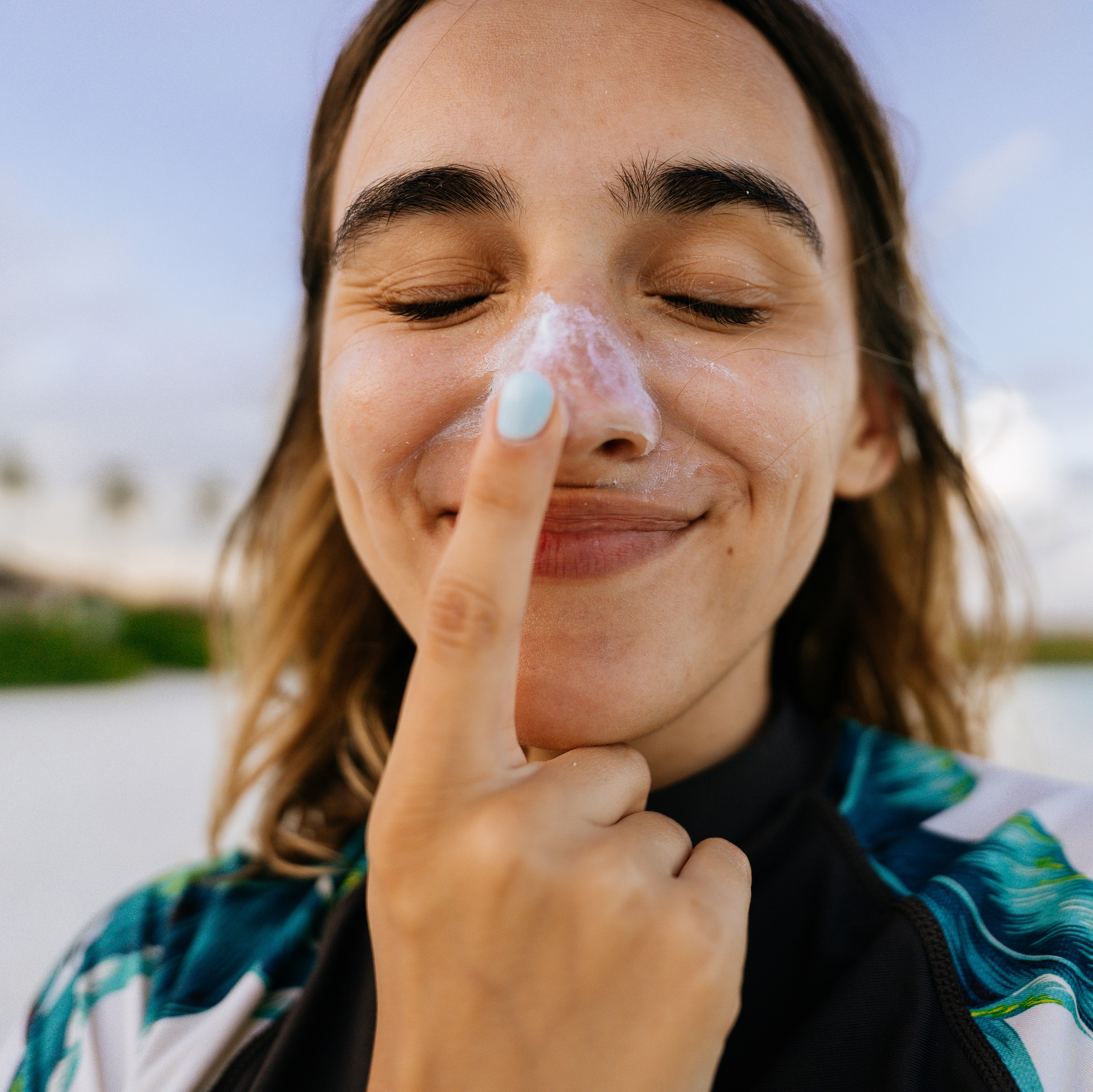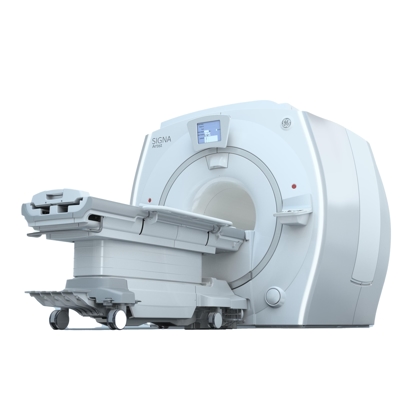Take steps to reduce skin cancer risk, says Hendrick Clinic physician
- Category: News, Cancer Care, Hendrick Clinic
- Posted On:

Keep fun – and work – in the sun from having costly effects by reducing the risks of skin cancer, the most common form of cancer.
Skin cancer is the growth of abnormal cells in the epidermis, the outermost layer of skin. The main types of skin cancer are basal cell carcinoma, squamous cell carcinoma and melanoma.
With summer approaching, May is designated as Skin Cancer Awareness Month. Excessive exposure to ultraviolet (UV) radiation from sunlight, combined with fair complexion that burns easily, blisters and does not tan, are risk factors for skin cancer. Tanning beds also emit harmful UV radiation.
“You can decrease the risk of skin cancer by protecting yourself while out in the sun, especially between 10 a.m. and 4 p.m. when the sun’s rays are most damaging,” said Dr. Zoie Walker, family medicine physician at Hendrick Clinic. “It is also important to avoid using tanning beds.”
Wearing hats and long-sleeved shirts, staying in the shade and applying sunscreen regularly are simple but effective ways to protect the skin. And, such steps are important year-round, not just during the summer, said Walker.
Knowing the signs of skin cancer also is important. Watch the skin for new lesions or changes in existing ones. Walker also advised remembering the A-B-C-D-E signs of melanoma:
• Asymmetrical skin spots
• Borders that are irregular
• Color that is uneven
• Diameter of larger than 6 millimeters (about one-quarter inch)
• Evolving lesions
Have any suspicious skin developments checked by a healthcare provider.
“Just like any type of cancer, early detection of skin cancer is important and improves prognosis,” said Walker.



